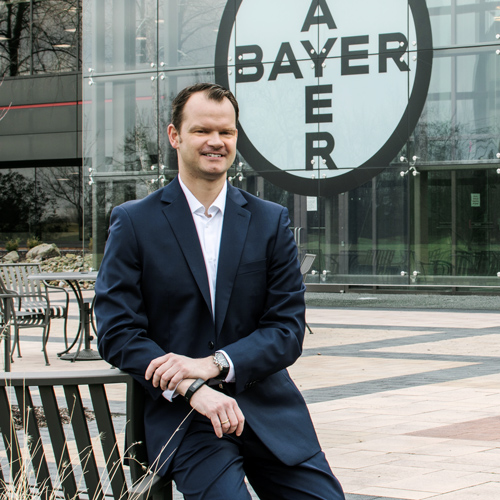At its peak in 2013, BlackBerry Limited (formerly known as Research in Motion/RIM) boasted about 85 million global subscribers. Yet just as the mobile-device market has evolved since then, so too has the company. In a world now dominated by iOS and Android devices, BlackBerry is actively nurturing new markets and users to continue playing an integral part in new and further developing technologies.
One major step has been the company’s shift to focus exclusively on software. In line with that new direction, BlackBerry discontinued manufacturing its own hardware and established a joint venture and licensing agreement with BB Merah Putih in Indonesia to outsource production of its devices.
When executive chairman and CEO John Chen announced the change in 2016, he said that with the results, “we more than doubled our software revenue year over year and delivered the highest growth margin in the company’s history.”
Since then, BlackBerry has established a major deal with Ford that will concentrate on software for autonomous vehicles. Ford already uses BlackBerry’s QNX software for its vehicle’s “infotainment” systems and will buy directly from the company. Investopedia reported that BlackBerry will also have a dedicated team working with Ford to expand the use of several different BlackBerry software platforms, such as Certicom security technology and QNX audio processing.
The company has also been approved to test autonomous vehicles in Ontario, Canada, where it is partnering with the University of Waterloo in technology development and testing. Investopedia has also reported that the company has been working with start-up enterprises to create “self-driving” systems such as automatic object detection and braking.
With BlackBerry software already in use by forty different vehicle companies, “The future of the automobile is all about embedded intelligence,” Chen said in a news release. “I believe our expertise in secure embedded software makes us the preferred technology provider to put the smart in the car.”
Such developments—including the growth of BlackBerry’s QNX team by roughly 30 percent over the past two years—have required a bit of a balancing act since the company initially had to downsize its physical footprint. Several years ago, it was managing more than 2 million square feet of space. That has since been reduced to 800,000 square feet. At its US headquarters in San Ramon, California, work was completed in 2015 on refurbishing many elements of the 50,000-square-foot facility. The exterior of the multi-tenant building was refreshed, and a new café and fitness center were added.
In addition to this, Joe Garcia, the company’s head of global corporate real estate and facilities, tells American Builders Quarterly that with locations in the UK, Canada, India, Germany, Spain, and Singapore, and an active acquisition program, BlackBerry will look to undertake numerous other real estate and facilities projects.
This includes its purchase of Good Technology and its applications that help employees work securely from their personal devices. Good’s 800,000-square-foot facility in Sunnyvale, California, is undergoing a $1 million renovation of its own.
As the Internet of Things continues to grow, there are many opportunities as well for BlackBerry to continue to grow and to thrive. In addition to new frontiers such as autonomous vehicles, its own software platforms (both organic and acquired) also have the potential to make it a key player in mobile device capabilities once again. It can also leverage growth of its enterprise business, which already stands at roughly 3,000 clients and produces recurring revenue for more than 80 percent of the provided software and services. Other platforms and devices may have become the dominant players in the mobile world, but technology never stops evolving, redefining itself, and creating new capabilities. Much the same can be said for BlackBerry itself.


